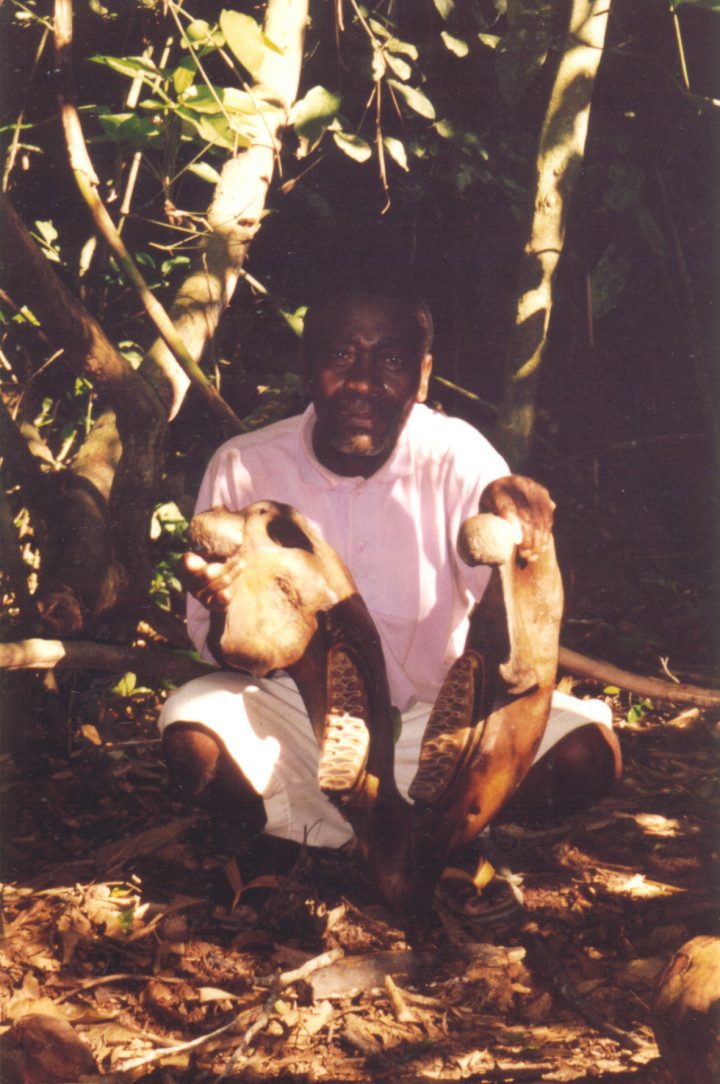More on Poaching
There is considerable debate concerning the general structure of anti-poaching efforts. Should these policies be directed by a central state authority, or would an international effort that transcends national borders be more appropriate? Alternatively, perhaps it is best to engage and rely on local communities, with the expectation that indigenous knowledge and a sense of belonging will supply what central government cannot. A recent pilot program carried out in southern Tanzania seems to suggest that this can work. This case study took place in an area of great political, socioeconomic and cultural diversity. The anti-poaching project involved multiple agents of enforcement, including the local community, and a wider range of tactics. This collaborative strategy appeared much more effective than traditional measures. Other research suggests that relying on local populations might be risky, as poachers themselves often come from those same communities. Kinship bonds and illicit contacts between patrols and poachers have always been major drivers of corruption, dragging the effectiveness of anti-poaching policies down. Answering these complex questions calls for a comprehensive, detailed analysis of pilot programs.

The Elephant Listening Project tries to tackle the problem of information deficit by developing new methods of monitoring humans and wildlife. Autonomous Recording Units (ARUs) that record the sounds of the forest, are distributed across vulnerable areas. The recordings that these units collect are then analyzed. Sounds of individual animals are differentiated from the ever-present background noise. This tedious task can give a picture of the state of the elephant population. Additionally, the recordings can be used to monitor the relative abundance of forest elephants across impacted areas. Data from field studies are made available to protected area managers and conservation organizations to help assess the effectiveness of anti-poaching approaches and to indicate where protection may be most needed. Also, ARUs are used to detect gunshots, providing a unique opportunity to gather data not only about elephant activity, but also about that of poachers. If these data could be effectively transmitted to anti-poaching patrols and wildlife managers, it would make directing conservation efforts much easier and more productive.
The complexity of the situation demands close cooperation of conservationist groups, non-governmental networks and organizations, governmental agencies, and research institutions. Forest elephant conservation requires an interdisciplinary effort.

